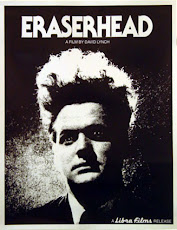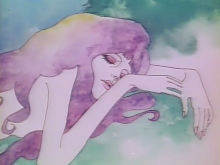The following are a listing of articles and critical reviews that analyze and dissect various aspects of Lynch’s work.
Berry, B. (1988). Forever in My Dreams: Generic Conversations and The Subversive Imagination in Blue Velvet. Literature Film Quarterly, (2), 82-90.
An analysis of Blue Velvet, directed by David Lynch with information about the films stark contrast between two realms, which cease to separate, creating a juxtaposition of good verses evil. A detailed character breakdown is presented, along with a discussion about the film's musical score.
Bulkeley, K. (2003, March). Dreaming and the Cinema of David Lynch. Dreaming, 13(1), pp. 49-60.
An in-depth essay that explores multiple dream elements in David Lynch’s filmmaking style and cultural influence of his films. Focal points discussed include Mulholand Drive, Lost Highway, Blue Velvet, and the television series Twin Peaks. The essay links Lynch’s filmmaking between dreaming and movies in contemporary American society.
Dargis, M. (2006, December 6). The Trippy Dream Factory of David Lynch. New York Times, 156, 53785., pp. B1-B7
A review of David Lynch’s, Inland Empire that discusses the dream components of the film and Lynch’s work as an artist. References are made about Mulholland Drive being the “evil twin” of Inland Empire. Included are: character break-downs, scene analysis, and some off camera trivia.
Mulholland Drive (2001): A Self-Psychology Perspective. (2007). The International Journal of Psychoanalysis.
An analyses where the dream narrative of Mulholland Drive is closely examined in relation to the psychological aspects of human society. The essence of dreaming is broken down in efforts of vindicating the films storyline, namely the psychological conflict of its central characters.
Nochimson, M. P. (December 2006). Like a Ribbon of Dreams. Film-Philosophy, 10(3), 50-62.
A philosophical approach to the dreamworld in movie-land. The essay covers six films: Inland Empire, Pan’s Labyrinth, The Journals of Knud Rasmussen, Paprika, Volver, and Marie Antoinette. The section regarding David Lynch focuses on Inland Empire with comparisons made to Mulholand Drive. The author carefully breaks down the plot of film, mainly dissecting the role of the main character played by Laura Dern. The concluding thoughts express praise in both filmmaking style and actor performances.
Rafferty, T. (1986). Blue Velvet. The Nation, pp 383-385
A review of David Lynch’s Blue Velvet in which the author examines the horrifying dream elements illustrated throughout the film’s sequences. The author examines the natural responses to obvious fear compared with the unease response to Lynch’s style of fear in which the author states, “ This is real nightmare stuff, inexplicable and thus inescapable: we don’t know where it’s coming from, do we don’t know which way to run.”
Wallace, D. F. (1996, September). David Lynch Keeps His Head. Premiere, pp. 90-101
American author David Foster Wallace visits the set of David Lynch’s film Lost Highway, where he finds the director both “grandly admirable and sort of nuts.” Wallace reports on Lynch’s work from Eraserhead to Lost Highway covering topics of artistic style to defining Lynchian and why it’s important. An extended version of this essay can be found in David Foster Wallace' book "A Supposedly Fun Thing I'll Never Do Again."























